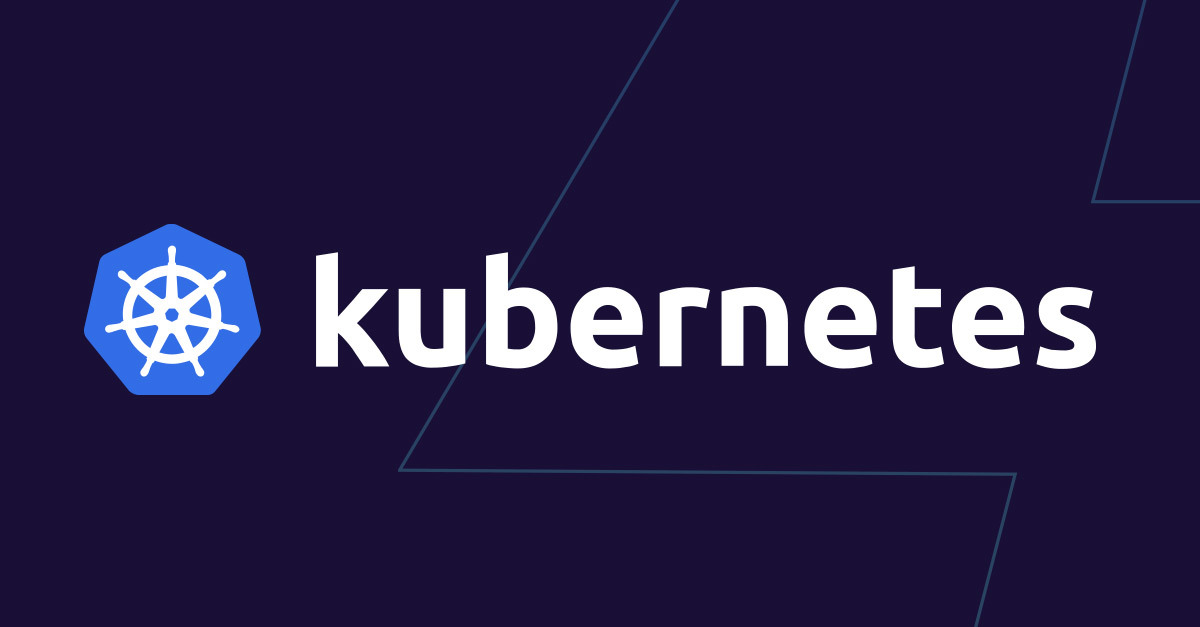Node pools enable Kubernetes administrators to customize and optimize the cluster infrastructure by grouping nodes based on workload needs. This flexibility is especially useful in multi-tenant environments or when running applications with diverse performance, scalability, and cost requirements. By organizing nodes into pools, administrators can manage resource usage more efficiently, applying distinct configurations to each pool based on workload demands.
Key Features
- Custom Configurations: Each node pool can have its own specifications (e.g., instance type, disk size, CPU, memory). This enables support for a range of workloads, from CPU-intensive jobs to memory-bound applications.
- Flexible Scaling: Can be independently scaled up or down based on workload demands, ensuring efficient use of resources without affecting the entire cluster. For example, if only GPU-based workloads are increasing, you can scale the GPU node pool without impacting other pools.
- Resource Isolation: Allow for resource isolation, which is essential for managing multi-tenant environments, as they prevent workloads from competing for resources on the same nodes. This improves security, reliability, and performance for different teams or applications sharing the cluster.
- Cost Optimization: By grouping different types of nodes into pools, administrators can optimize costs by using cheaper instances for non-critical workloads and high-performance instances only where necessary.
How to Create and Manage Node Pools
Node pools are typically managed through a cloud provider’s Kubernetes service or a Kubernetes management tool:
Define the Node Pool Configuration:
Determine node specifications, such as instance type, disk size, and any special hardware requirements (e.g., GPU).
Create the Node Pools:
Use cloud provider-specific tools to create node pools. Here are examples for popular managed Kubernetes services:
Google Kubernetes Engine (GKE):
gcloud container node-pools create <node-pool-name> \ --cluster <cluster-name> \ --machine-type <machine-type> \ --num-nodes <number>
Amazon EKS:
eksctl create nodegroup \ --cluster <cluster-name> \ --name <node-pool-name> \ --node-type <instance-type> \ --nodes <number-of-nodes>
Azure AKS:
az aks nodepool add \ --resource-group <resource-group> \ --cluster-name <cluster-name> \ --name <node-pool-name> \ --node-count <number-of-nodes> \ --node-vm-size <vm-size>
Assign Workloads to Node Pools:
Use node selectors, taints, and tolerations in pod specifications to control where workloads are scheduled.
apiVersion: v1 kind: Pod metadata: name: example-pod spec: nodeSelector: nodepool-type: high-memory containers: - name: app image: nginx
Scale Node Pools Independently:
Each node pool can scale up or down based on workload demand, allowing efficient resource allocation. The Kubernetes Cluster Autoscaler automates this process by monitoring resource usage and adjusting node counts within each pool:
- Scale-Up: When a node pool lacks resources to meet increased demand, the autoscaler adds nodes.
- Scale-Down: When resources are underutilized, it removes nodes to reduce costs.
This setup ensures each pool meets its workload’s unique needs, optimizing performance and cost.
Use Cases
- Workload Segmentation: Separate workloads with different resource needs, such as CPU-bound, memory-bound, or GPU-dependent applications, allowing each to run on optimized infrastructure.
- Environment Segmentation: Separate staging, development, and production environments into distinct pools, allowing for different resource policies and usage limits in each environment.
- Cost-Effective Scaling: Run critical, high-performance workloads on optimized, often more expensive, node pools while using more cost-effective pools for batch or non-time-sensitive applications.
- Multi-Tenancy: Use node pools to isolate tenants or applications by assigning specific teams or projects to separate them, which enhances security and resource control.
Advantages and Limitations
Advantages
- Granular Resource Management: Provide flexibility to configure, scale, and optimize resource usage according to specific workload requirements.
- Improved Cost Efficiency: Administrators can assign cost-effective resources for non-critical workloads, balancing performance and budget.
- Enhanced Security and Isolation: Enable secure isolation of workloads, which is particularly useful in multi-tenant and production environments.
Limitations
- Increased Complexity: Managing multiple pools can add administrative overhead, especially in large clusters with diverse workload requirements.
- Resource Fragmentation: With multiple node pools, there’s a risk of resource fragmentation, where unused resources in one pool cannot be reallocated to another pool.
Further Reading and References
- Kubernetes Official Documentation
Nodes in Kubernetes – Overview of nodes and their role within a Kubernetes cluster. - Using Node Selectors, Taints, and Tolerations
Node Selection and Taint Documentation – Learn how to assign pods to specific nodes within a pool and isolate workloads. - Cluster Autoscaler
Cluster Autoscaler Documentation – Guide to autoscaling node pools within a Kubernetes cluster for efficient resource management. - Cloud Provider-Specific Node Pool Management
- Google Kubernetes Engine: GKE Node Pools
- Amazon Elastic Kubernetes Service (EKS): EKS Node Groups
- Azure Kubernetes Service (AKS): AKS Node Pools



